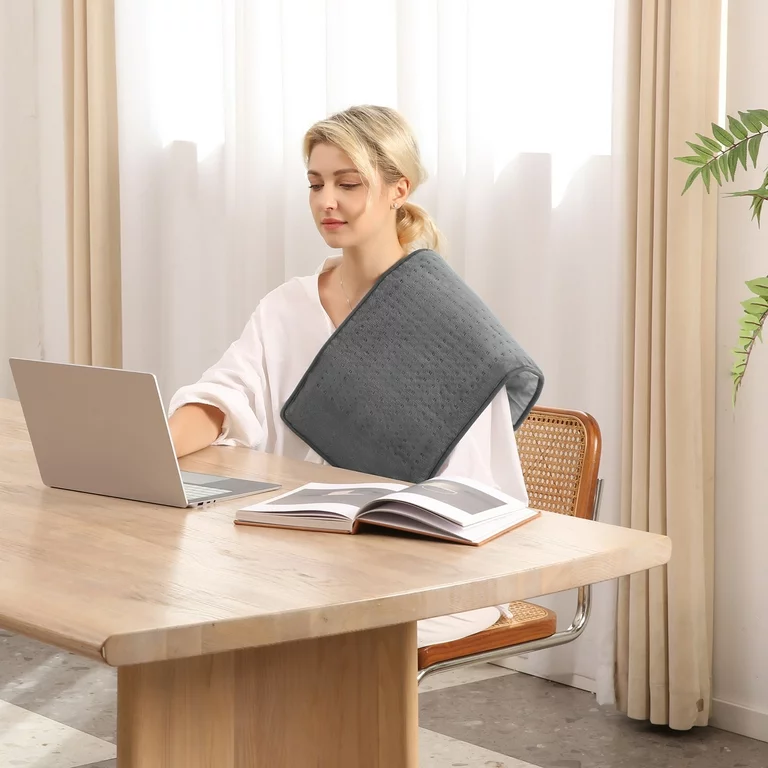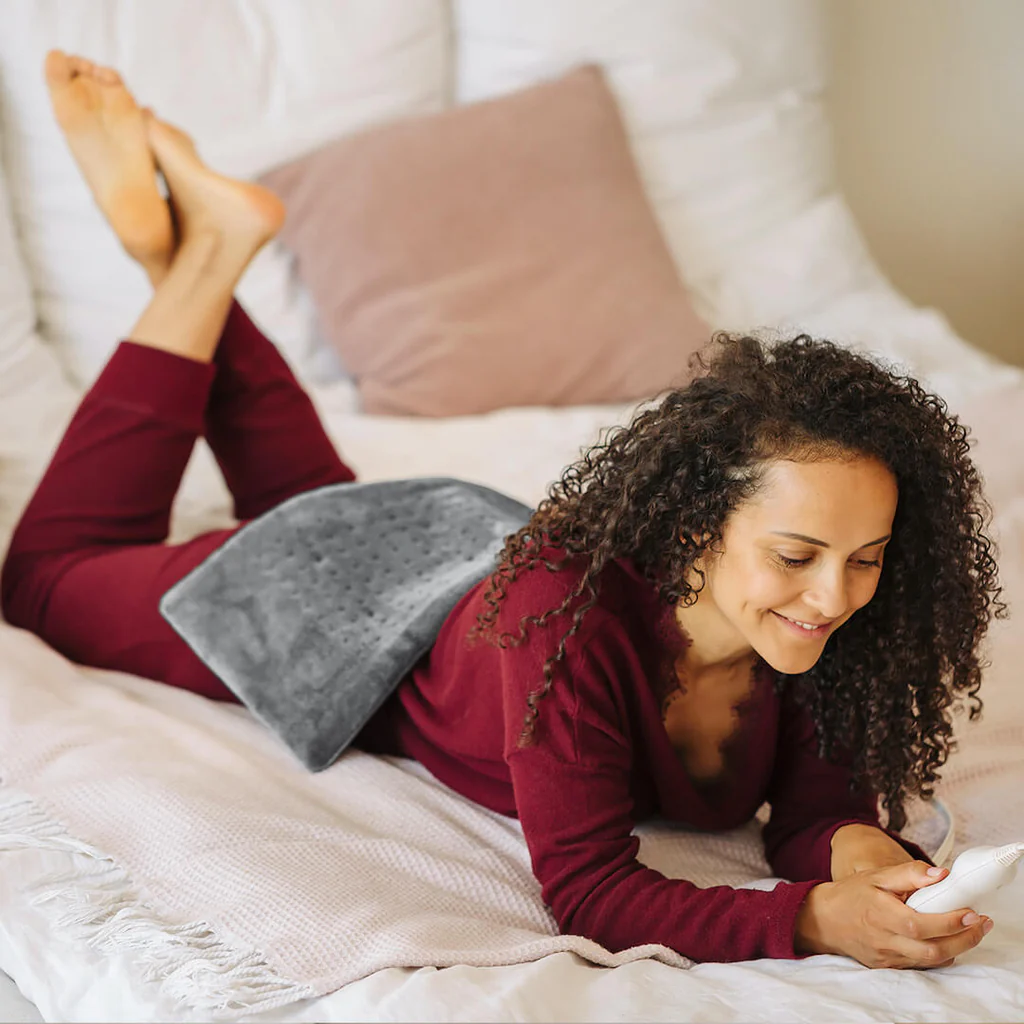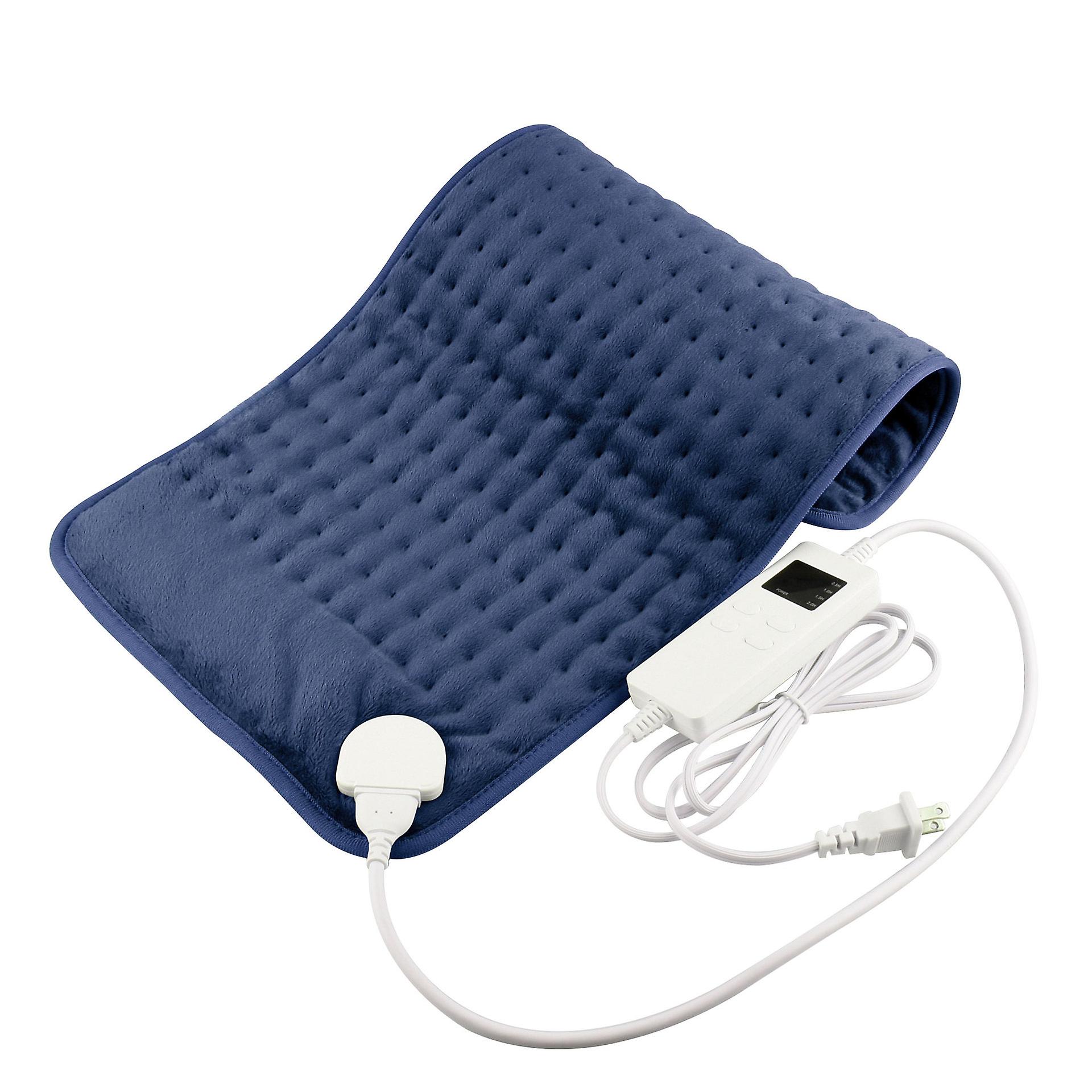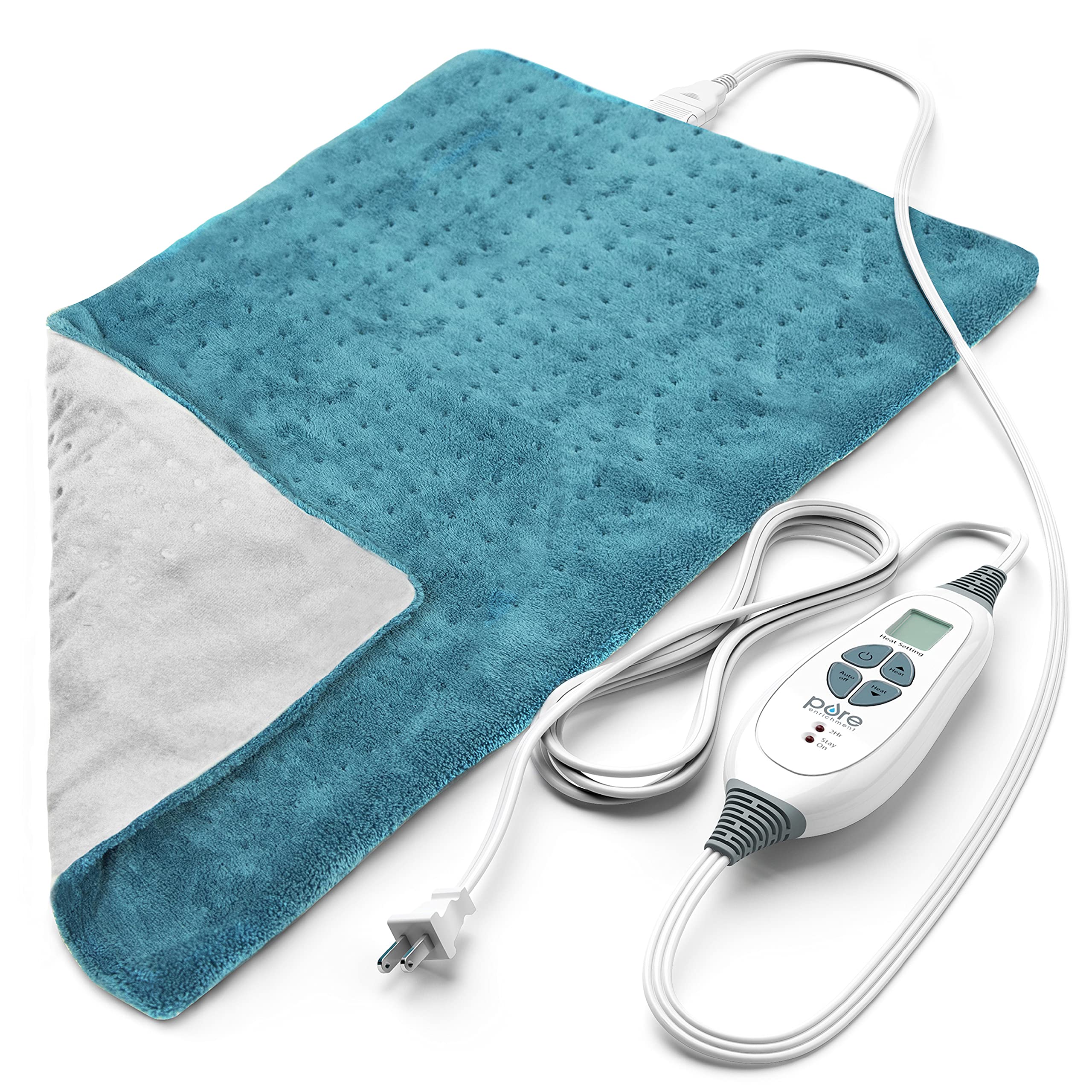Will Heating Pad Burns Go Away?
Introduction:
Understanding the nature of heating pad burns, their treatment, and how long it takes for them to heal is crucial for anyone who experiences this common injury. This comprehensive guide explores the causes, symptoms, treatment options, and preventive measures related to heating pad burns. Knowing these specifics ensures proper care and supports faster recovery.
Will Heating Pad Burns Go Away?
Understanding Heating Pad Burns
Heating pad burns occur due to prolonged exposure to high temperatures on the skin. Identifying the causes and characteristics of these burns helps in managing and treating them effectively.
Causes of Heating Pad Burns: Heating pad burns are typically caused by using the pad on high settings for too long or falling asleep with the heating pad on. Faulty pads or improper use can also lead to overheating and burns. Understanding these causes aids in taking preventive measures.
Degrees of Burns: Heating pad burns can vary in severity, classified into first-degree, second-degree, and third-degree burns. First-degree burns affect only the outer layer of the skin, causing redness and mild pain. Second-degree burns penetrate deeper, leading to blisters and more intense pain. Third-degree burns are severe, damaging all layers of the skin and possibly affecting underlying tissues.
Symptoms of Heating Pad Burns: Symptoms may include redness, swelling, pain, tenderness, and blistering. The severity of these symptoms depends on the burn’s depth and the duration of heat exposure. Recognizing these signs ensures prompt and appropriate treatment.
Initial Treatment Steps for Heating Pad Burns
Immediate and proper treatment of heating pad burns can significantly impact the healing process. Here’s how to handle the injury right after it occurs.
Remove the Heat Source: The first step is to remove the heating pad from the affected area to prevent further damage. Quickly turning off the pad and removing it reduces the extent of the burn.
Cool the Burn: Apply cool (not cold) water or a damp cloth to the burn for 15-20 minutes. Cooling the burn helps reduce swelling and numbs the pain, minimizing tissue damage. Avoid using ice, as it can cause further injury to the skin.
Clean the Burn: Gently clean the burn with mild soap and water to remove any dirt or debris. Avoid scrubbing, which can irritate the skin further. Pat the area dry with a clean towel.
Apply an Antibacterial Ointment: Applying an over-the-counter antibacterial ointment like Neosporin helps prevent infection. A thin layer applied gently to the burn can provide protection and promote healing.
Cover the Burn: Cover the burn with a sterile, non-stick bandage or gauze. This step protects the injury from further irritation and contamination. Change the dressing daily or as needed to keep the area clean and dry.
Consult a Healthcare Professional: Seek medical advice if the burn is severe, covers a large area, or shows signs of infection (increased redness, swelling, pus, or fever). A healthcare provider can provide further treatment and guidance.
Home Remedies to Soothe Heating Pad Burns
Various home remedies can help soothe heating pad burns and promote healing. These remedies provide relief and aid in recovery for minor burns.
Aloe Vera: Aloe vera gel is well-known for its soothing and healing properties. Apply pure aloe vera gel directly to the burn to reduce pain and inflammation. Aloe vera promotes faster healing and can prevent infection.
Honey: Honey has natural antibacterial and anti-inflammatory properties. Applying a thin layer of honey to the burn can soothe the skin and accelerate healing. Cover the honey-coated area with a sterile bandage.
Coconut Oil: Coconut oil is a natural moisturizer that can help prevent dryness and peeling. Gently apply coconut oil to the burn once it has cooled and the initial pain has subsided. Its anti-inflammatory properties support healing.
Tea Bags: Soaked tea bags (black or green tea) can reduce pain and inflammation. The tannins in tea have a cooling effect and promote healing. Apply the cooled tea bags directly to the burn for relief.
Oatmeal Baths: An oatmeal bath can soothe and moisturize burned skin. Adding finely ground oatmeal to a lukewarm bath provides relief from itching and irritation, promoting a more comfortable healing process.
Over-the-Counter Treatments for Heating Pad Burns
Over-the-counter treatments are readily available and can effectively manage and heal minor heating pad burns. Knowing which products to use aids in proper care.
Topical Antibiotics: Topical antibiotics like Neosporin or Bacitracin help prevent infection in minor burns. Apply these ointments after cleaning the burn to protect the area and support healing.
Hydrocortisone Cream: For burns that cause significant itching, over-the-counter hydrocortisone cream can provide relief. Apply a thin layer as directed, but avoid using it on open wounds or severe burns.
Moisturizing Lotions: Once the burn begins to heal and the skin is no longer at risk of infection, using a gentle, fragrance-free moisturizer can prevent dryness and promote skin regeneration. Products like Eucerin or Cetaphil are suitable.
Silicone Gel Sheets: Silicone gel sheets can be used after the burn has healed significantly to prevent and treat scars. These sheets hydrate the skin and reduce redness, promoting smoother skin texture.
Pain Relief Medications: Over-the-counter pain relief medications like ibuprofen or acetaminophen can help manage pain and reduce inflammation. Use these as directed to maintain comfort during the healing process.
When to Seek Medical Attention
While many heating pad burns can be treated at home, certain situations require professional medical attention. Knowing when to consult a healthcare provider ensures proper treatment.
Severe Burns: Seek medical attention immediately if the burn is deep, covers a large area, or involves significant blistering. Severe burns may require professional assessment and specialized treatment.
Signs of Infection: If the burn shows signs of infection, such as increased redness, swelling, warmth, pus, or fever, consult a healthcare provider. Infections require prompt medical intervention to prevent complications.
Persistent Pain or Discomfort: If pain or discomfort persists despite home treatment, seek medical advice. Persistent symptoms can indicate more serious issues that need professional evaluation.
Burns on Sensitive Areas: Consult a healthcare provider if the burn affects sensitive areas like the face, hands, feet, or genitals. Burns in these areas can be more complicated and require specialized care.
Delayed Healing: If the burn does not show signs of improvement within a week or two, or if it worsens, seek medical attention. Delayed healing can indicate underlying issues that need medical intervention.
Preventive Measures to Avoid Heating Pad Burns
Preventing heating pad burns is easier and more effective than treating them. Implementing preventive measures ensures safe use of heating pads.
Follow Manufacturer Instructions: Always read and follow the manufacturer’s instructions for your heating pad. Proper usage guidelines can prevent overheating and reduce the risk of burns.
Use Low Settings: Use the lowest effective heat setting on your heating pad. Higher settings increase the risk of burns, especially during prolonged use. Start with low heat and adjust only if necessary.
Limit Usage Time: Avoid using the heating pad for extended periods. Limit sessions to 15-20 minutes and take breaks to assess your skin’s condition. Never fall asleep with the heating pad in use.
Check for Damage: Regularly inspect your heating pad for any signs of wear or damage, such as frayed cords or malfunctioning controls. Replace damaged pads immediately to prevent accidents.
Use a Barrier: Place a thin cloth or towel between the heating pad and your skin. This barrier reduces direct heat exposure and minimizes the risk of burns.
Keep Hydrated: Hydrated skin is less prone to burns. Drink plenty of water and keep your skin moisturized, especially during cooler months when heating pads are commonly used.
Long-Term Healing and Scar Prevention
Proper care during and after the healing process is crucial to prevent scars and ensure complete recovery. Here’s how to support long-term healing.
Continue Moisturizing: Keep the healed area moisturized to prevent dryness and peeling. Use gentle, fragrance-free moisturizers regularly to maintain skin hydration and promote skin regeneration.
Avoid Sun Exposure: Protect the healing burn from direct sunlight to prevent hyperpigmentation and scarring. Use sunscreen with a high SPF or cover the area with clothing when exposed to the sun.
Massage the Scar: Gently massaging the scar tissue with a moisturizing lotion or oil can improve circulation and reduce stiffness. This practice can help the scar fade over time, promoting smoother skin.
Use Silicone Sheets or Gels: Silicone sheets or gels can be effective in reducing the appearance of scars. Apply these products as directed to soften and flatten the scar tissue, improving the overall texture.
Follow Up with a Dermatologist: If scarring is significant or causes concern, consult a dermatologist. They can provide specialized treatments, such as laser therapy or steroid injections, to improve the appearance of the scar.
Psychological Impact and Coping
Experiencing burns can have psychological effects due to pain, scarring, and the healing process. Acknowledging and addressing these impacts supports comprehensive recovery.
Emotional Support: Seeking emotional support from friends, family, or support groups can provide comfort during the recovery process. Sharing your experience and feelings helps in coping with the situation.
Professional Counseling: If you experience significant distress, anxiety, or depression related to the burn injury, consider professional counseling. A mental health professional can offer strategies to manage emotional challenges and support recovery.
Body Image Concerns: Scarring and changes in appearance can affect body image. Acknowledging these concerns and seeking support from loved ones or professionals can help in accepting and adapting to changes.
Healthy Lifestyle: Maintaining a healthy lifestyle with a balanced diet, regular exercise, and sufficient sleep supports overall well-being and resilience during the healing process.
Mindfulness and Relaxation Techniques: Practicing mindfulness, meditation, or relaxation techniques can reduce stress and enhance your emotional well-being. These practices promote a positive mindset and aid in the overall healing journey.
Conclusion
Heating pad burns can heal effectively with proper treatment and care. Understanding the causes, symptoms, and treatment options ensures timely and appropriate action. Employing preventive measures reduces the risk of burns, and following long-term care practices prevents scarring and promotes complete recovery. By adhering to the guidelines provided in this comprehensive guide, individuals can manage heating pad burns confidently and effectively, supporting both physical and emotional healing.




